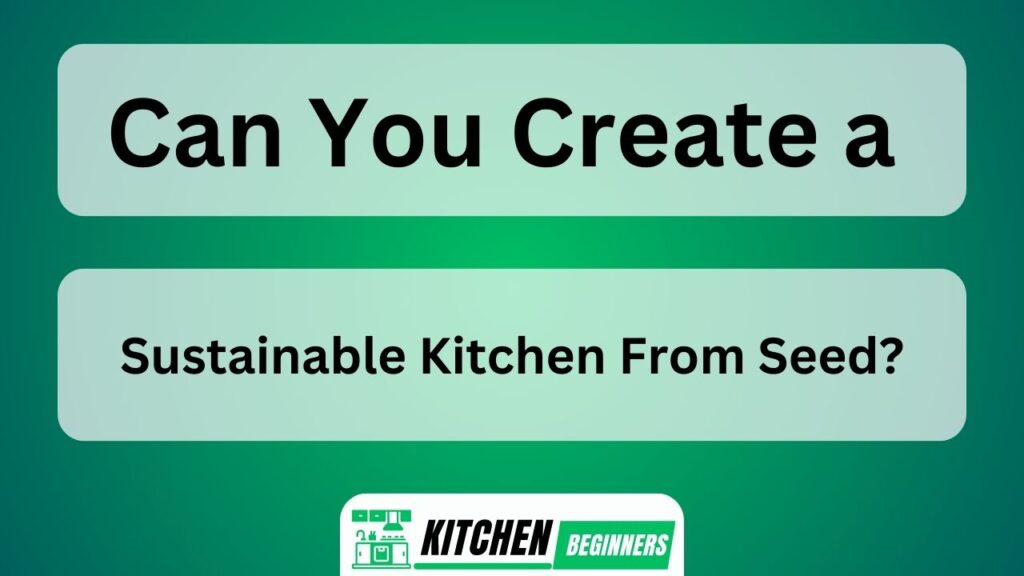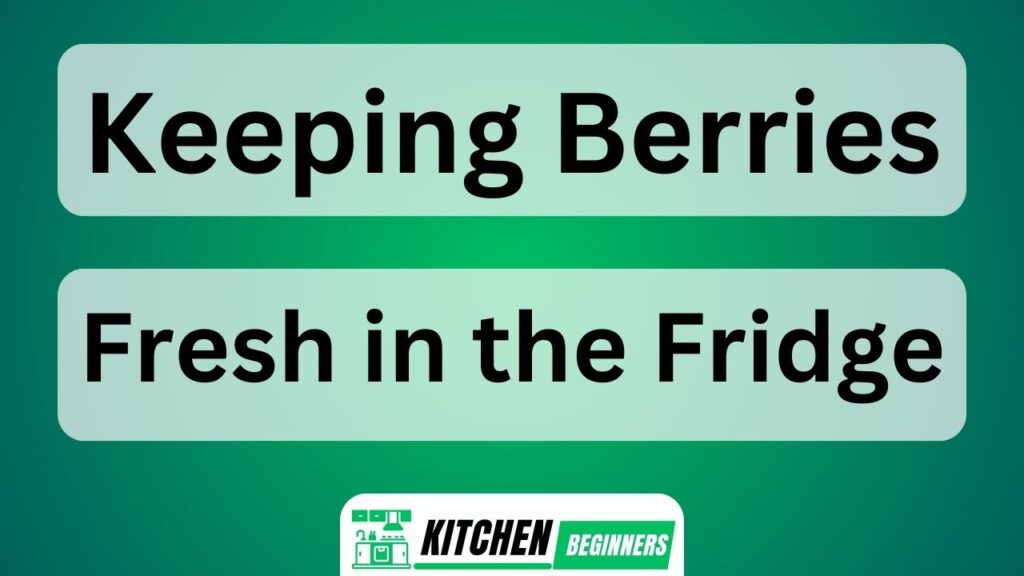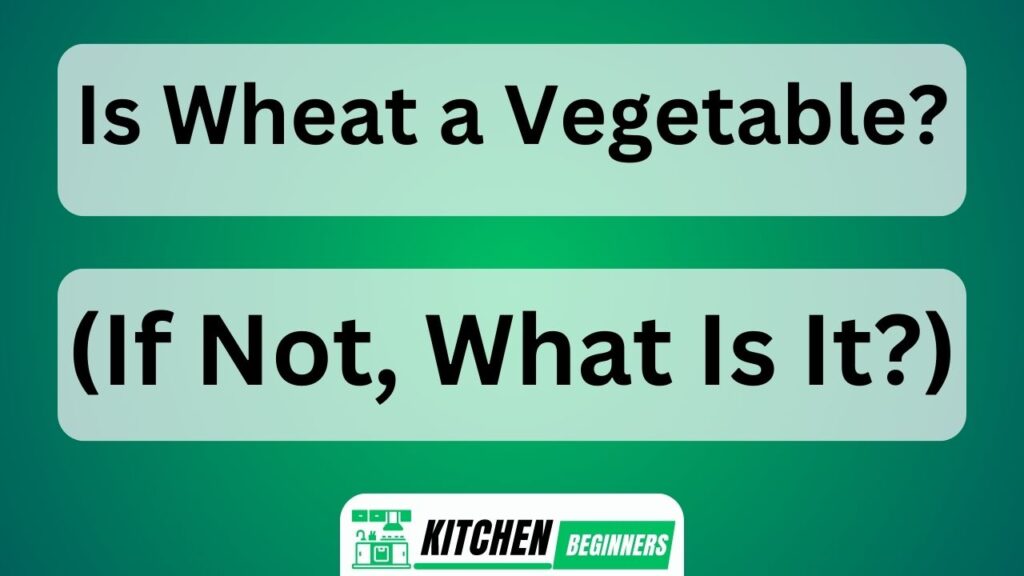Imagine stepping into your own sustainable kitchen, filled with vibrant plants and the fresh aroma of homegrown herbs.
In this article, we explore the possibilities of creating a sustainable kitchen from seed. We’ll delve into the benefits of growing your own food, guide you in choosing the right seeds, and provide tips on planning and caring for your kitchen garden.
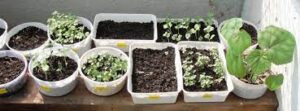
With essential tools and natural pest management techniques, you can harvest and preserve your homegrown produce to create a truly sustainable kitchen routine.
Key Takeaways of Can You Create a Sustainable Kitchen From Seed
- Growing your own food allows you to access fresh, organic produce and have control over pesticide and fertilizer use.
- Choosing the right seeds, such as organic and heirloom varieties, promotes sustainability and biodiversity in your kitchen garden.
- Planning and optimizing space in your garden based on climate and plant requirements can maximize productivity and minimize water consumption.
- Composting is an eco-friendly gardening practice that transforms organic waste into nutrient-rich compost, reducing reliance on synthetic fertilizers and pesticides.
The Benefits of Growing Your Own Food
You can reap the benefits of growing your own food by having access to fresh, organic produce right in your own kitchen. There are numerous advantages to growing your own food.
Firstly, you have control over what pesticides and fertilizers are used, ensuring that your produce is free from harmful chemicals. This means healthier meals for you and your family.
Secondly, growing your own food allows you to save money on grocery bills as you no longer need to purchase expensive organic produce from the store.
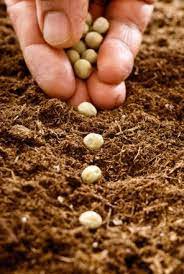
Additionally, gardening can be a great form of exercise and stress relief. Spending time outdoors tending to your garden can improve physical and mental well-being.
Lastly, growing your own food promotes sustainability by reducing carbon emissions associated with transportation and packaging of store-bought produce.
In order to create a sustainable kitchen from seed, it is important to start with choosing the right seeds…
Choosing the Right Seeds for a Sustainable Kitchen
To ensure a sustainable kitchen, it’s crucial to select the right seeds. When choosing organic seeds for your garden, you are supporting the growth of plants that have been cultivated without the use of synthetic fertilizers or pesticides. Organic seeds are not genetically modified and promote biodiversity in your garden. Another important consideration is selecting heirloom seed varieties. These are open-pollinated plants that have been passed down through generations, preserving their unique characteristics and flavors. By growing heirlooms, you contribute to preserving agricultural diversity and protect plant species from extinction. To help you visualize the importance of choosing the right seeds, here is a table showcasing some popular organic seed options and their corresponding heirloom varieties:
| Organic Seeds | Heirloom Varieties |
|---|---|
| Tomatoes | Brandywine |
| Lettuce | Butterhead |
| Carrots | Scarlet Nantes |
| Cucumbers | Lemon |
Planning Your Sustainable Kitchen Garden
When planning our sustainable kitchen garden, there are key points to consider for optimal results.
First, we need to focus on plant selection tips to ensure that we choose the right plants that thrive in our specific climate and soil conditions.
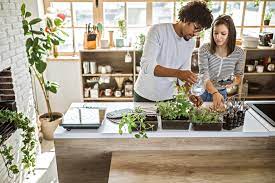
Additionally, space optimization techniques will help us make the most of the available area, maximizing productivity while minimizing wastage.
Plant Selection Tips
Start by researching which plants thrive in your specific climate and growing conditions, so you can make informed choices for your sustainable kitchen garden. Different plants have different requirements for sunlight, soil type, and water levels. To help you get started, here are some popular options that are known to be sustainable and easy to grow:
| Plant | Sunlight |
|---|---|
| Tomatoes | Full sun |
| Lettuce | Partial shade |
| Herbs (basil, parsley) | Full sun |
| Peppers | Full sun |
When selecting plants for your garden, consider the soil preparation techniques needed for each plant. Some may require well-draining soil or additional composting. Additionally, choose plants that can thrive with minimal water consumption to promote water conservation methods. By carefully selecting the right plants for your climate and taking into account their specific needs, you’ll be on your way to creating a sustainable kitchen garden from seed.
Space Optimization Techniques
Space optimization techniques can help maximize the productivity of your garden by making the most efficient use of available space. One effective technique is vertical gardening, which involves growing plants vertically instead of horizontally. By utilizing walls, fences, or trellises, you can create a vertical garden that maximizes space while still providing ample room for plants to grow.
Vertical gardens not only save space but also offer other advantages such as improved air circulation and easier access for harvesting and maintenance. Additionally, using hanging baskets or stacked containers allows you to utilize overhead space effectively.

Another way to maximize space is through intercropping, where compatible plants are grown together in close proximity. This technique promotes biodiversity and optimizes resources like sunlight and nutrients, resulting in higher yields from a limited area.
With these space optimization techniques, you can make the most of your garden’s potential and enjoy a bountiful harvest.
Composting for Eco-Friendly Gardening
Now that we have explored space optimization techniques for creating a sustainable kitchen garden, let’s delve into the world of composting for eco-friendly gardening.
Composting is a natural process that transforms organic waste into nutrient-rich soil known as compost. By implementing eco-friendly composting techniques, such as using a compost bin or pile, you can significantly reduce your carbon footprint and contribute to sustainable gardening practices.
Composting offers numerous benefits for sustainable gardening. Firstly, it enriches the soil with essential nutrients, improving its structure and fertility. This results in healthier plants with stronger root systems, increased resistance to pests and diseases, and higher yields. Compost also enhances moisture retention in the soil, reducing water requirements and combating drought conditions.
Furthermore, by diverting organic waste from landfills through composting, you minimize methane gas emissions – a potent greenhouse gas contributing to climate change. Additionally, utilizing homemade compost reduces reliance on synthetic fertilizers and pesticides that harm the environment.
Essential Tools and Supplies for Seed Starting
To create a sustainable kitchen from seed, you’ll need tools and supplies like trays, pots, soil, seeds, and a watering can. These essential items are crucial for starting your organic garden and practicing sustainable gardening.
Organic gardening offers numerous benefits such as producing healthy and nutritious food without the use of harmful chemicals or pesticides. By growing your own food at home, you reduce your carbon footprint by minimizing transportation emissions.
Sustainable gardening practices further enhance this eco-friendly approach by conserving water through techniques like mulching and implementing composting to enrich the soil naturally.
With these tools and supplies in hand, you can begin nurturing and caring for your seedlings to ensure their successful growth into thriving plants that will provide fresh produce right from your kitchen garden.
Nurturing and Caring for Your Seedlings
Make sure you’re providing adequate water and sunlight to your seedlings for proper growth and development. Caring for seedlings requires specific techniques to ensure their health and successful transition into the garden. Here are some tips to help you nurture your seedlings:
| Caring Techniques | Troubleshooting Tips |
|---|---|
| Watering: Water consistently, keeping the soil moist but not waterlogged. | Yellowing leaves: This may indicate overwatering or nutrient deficiencies. Adjust watering and consider adding organic fertilizer. |
| Sunlight: Place seedlings in a sunny location, ideally receiving 12-16 hours of light each day. | Leggy seedlings: If your plants become tall and spindly, they may need more light exposure. Move them closer to a window or provide artificial lighting. |
| Transplanting: When it’s time to transplant, handle seedlings gently by their leaves to avoid damaging delicate stems. | Damping off disease: Ensure good air circulation and avoid overwatering to prevent this fungal disease that causes wilting and death in young seedlings. |
Transplanting Seedlings Into Your Sustainable Kitchen Garden
When it comes to transplanting your seedlings into the garden, remember to handle them gently by their leaves to avoid damaging the delicate stems. Transplanting techniques are crucial for ensuring the successful growth of your sustainable kitchen garden.
Before transplanting, make sure you prepare the soil properly. Clear the area of any weeds or debris and loosen the soil to allow for better root penetration. Create a hole that is deep enough to accommodate the roots without bending or crowding them. Place each seedling carefully into its respective hole and gently fill in with soil, being careful not to compact it too much. Water immediately after transplanting to help settle the soil around the roots.
By mastering these transplanting techniques and providing proper care, you’re well on your way to creating a thriving kitchen garden.
However, managing pests and diseases naturally in your kitchen garden is equally important in maintaining sustainability and promoting healthy plant growth.
Managing Pests and Diseases Naturally in Your Kitchen Garden
When it comes to managing pests and diseases in our kitchen gardens, natural pest control methods and disease prevention techniques are essential.
By using these sustainable approaches, we can effectively protect our plants without relying on harmful chemicals or pesticides.
Natural pest control methods include companion planting, crop rotation, and attracting beneficial insects.
Disease prevention techniques involve proper sanitation practices and choosing disease-resistant plant varieties.
Natural Pest Control Methods
You can use companion planting to naturally control pests in your kitchen garden. Companion planting is an effective organic pest control technique that involves growing certain plants together to deter pests or attract beneficial insects.
For example, planting marigolds alongside vegetables can repel aphids and nematodes, while attracting ladybugs, which feed on these pests. Another popular combination is planting basil near tomatoes to repel tomato hornworms.
Companion planting works by using the natural properties of certain plants to create a balanced ecosystem that naturally controls pests. By diversifying your garden with different types of plants, you can disrupt the life cycles of harmful insects and reduce their populations without resorting to chemical pesticides.
In addition to pest control, companion planting also has other benefits such as improving soil fertility, enhancing pollination, and providing habitat for beneficial organisms like bees and butterflies. It is a sustainable and holistic approach to gardening that promotes biodiversity and supports a healthy ecosystem in your kitchen garden.
Disease Prevention Techniques
Planting disease-resistant varieties of vegetables is a smart way to prevent the spread of diseases in your garden. By selecting and planting these specific varieties, you can reduce the risk of infections that can harm your crops.
Additionally, using organic pesticides can help control pests without introducing harmful chemicals into your food. These natural alternatives are effective at deterring pests while still maintaining the integrity of an organic garden.
Another technique to prevent diseases is crop rotation. This practice involves changing the location of different vegetable families each year to disrupt disease cycles. By rotating crops, you can avoid the buildup of pathogens in the soil and decrease the likelihood of plant infections.
Implementing disease prevention techniques like planting disease-resistant varieties and practicing crop rotation will ensure a healthier garden with higher yields.
Now that we have covered disease prevention, let’s move on to harvesting and preserving your homegrown produce.
Harvesting and Preserving Your Homegrown Produce
Preserve your homegrown produce by canning, freezing, or dehydrating it for long-term storage.
Home canning is a popular method that involves placing fruits or vegetables in jars and sealing them with heat. This process creates a vacuum seal, preventing spoilage and extending the shelf life of your garden harvest.
Freezing produce is another effective technique that helps retain nutritional value and flavor. Simply wash, chop, blanch (if necessary), and store in freezer-safe containers or bags. This method works well for items like berries, peas, corn, and herbs.
By utilizing these preservation methods, you can enjoy the taste of your garden throughout the year while reducing food waste.
Now let’s explore how to create a sustainable kitchen routine with your preserved bounty.
Creating a Sustainable Kitchen Routine With Your Garden Harvest
Now that we’ve learned about harvesting and preserving our homegrown produce, let’s explore how to create a sustainable kitchen routine even without a garden. Incorporating sustainable practices into everyday cooking is essential for reducing our environmental impact.
One way to do this is by focusing on local and seasonal ingredients. By choosing fruits and vegetables that are in abundance during certain times of the year, we can support local farmers and reduce the carbon footprint associated with long-distance transportation.
Another important aspect of a sustainable kitchen routine is minimizing food waste. We can achieve this by planning meals ahead, using leftovers creatively, and composting organic scraps. Additionally, opting for reusable containers instead of single-use plastics helps reduce waste further.
Furthermore, energy-efficient cooking appliances such as induction cooktops or convection ovens can also contribute to sustainability in the kitchen. These appliances consume less energy compared to traditional ones.
Frequently Asked Questions
How Long Does It Take for Seeds to Germinate and Start Growing?
Seeds germinate and start growing within a specific timeframe, influenced by various factors. The duration varies depending on the type of seed, environmental conditions, and proper care. Understanding these factors is crucial for successful seed germination in any sustainable kitchen.
What Are Some Common Mistakes to Avoid When Starting Seeds Indoors?
Common mistakes when starting seeds indoors include overwatering, not providing enough light, and using the wrong type of soil. To ensure success, we recommend researching each plant’s specific needs and following proper seed-starting techniques.
Can I Grow All Types of Vegetables and Herbs From Seed?
Growing all types of vegetables and herbs from seed can present challenges, but the benefits outweigh them. It allows us to have a sustainable kitchen, providing fresh and nutritious food while reducing our carbon footprint.
How Can I Extend the Growing Season in My Sustainable Kitchen Garden?
To extend our growing season and maximize yield in our sustainable kitchen garden, we can utilize various techniques. These include using cold frames, row covers, and hoop houses to protect plants from frost and provide a longer growing period.
Are There Any Specific Techniques or Tips for Preserving Homegrown Produce?
Preserving homegrown produce is essential in sustainable gardening. We can use various techniques like canning, freezing, and dehydrating to extend the shelf life of our harvest. These methods ensure we can enjoy our homegrown food throughout the year.
Conclusion
In conclusion, creating a sustainable kitchen from seed is not only beneficial for our health and the environment, but it also symbolizes our connection to nature and the power of self-sufficiency.
By growing our own food, we are taking control of what we put into our bodies and reducing our reliance on harmful agricultural practices. It may require some effort and dedication, but the rewards are endless.
So let’s grab our shovels and get started on this journey towards a healthier, more sustainable future. Together, we can cultivate a flourishing kitchen garden that nourishes both body and soul.
